Please contribute your submission via https://mc03.manuscriptcentral.com/lam. Please mark that it is a contribution to Special Issue on Extreme Manufacturing in the cover letter and “Manuscript Comment” field during submission.
Submission deadline: 31 October 2023
Extreme Manufacturing refers to the fabrication of structures and devices at the two extremes of the manufacturing scale: from a nanometer to a meter. Light sources, such as lasers, have emerged as key tools at the forefront of this field, enabling the possibility of ultrahigh-precision and high speed manufacturing. Light-based techniques contain additive and subtractive manufacturing , facilitating the creation of ultra-high-resolution structures and high-performance devices. Recent advances in light-based additive and subtractive manufacturing have further expanded the capabilities of Extreme Manufacturing, enabling ultra-high resolution rapid prototyping and serial fabrication of complex designs, the fabrication of intricate geometries, and the development of novel materials with tailored properties. The emerging progress made in Extreme Manufacturing thus paves the way for the generation of cutting-edge applications across a wide range of fields, including photonics, optics, mechanics, sensing, imaging, energy conversion, tissue engineering, regenerative medicine, and more.
This special issue is to provide the most exciting advances in the field of light based extreme manufacturing and its applications, including new materials, fabrication and characterization technologies, novel micro- and nanodevices in optics and photonics, microfluidics, and architected materials and so on. We hope to provide an overview as well as insightful perspectives of this field by collecting the cutting-edge achievements from international researchers in the community and promote scientific breakthroughs and practical prospects of extreme manufacturing with light.
This issue is co-edited by
Prof. Dong Wu, University of Science and Technology of China, China
Prof. Liang Yang, University of Science and Technology of China, China
Prof. Mangirdas Malinauskas, Vilnius University, Lithuania
Prof. Maria Farsari, The Institute of Electronic Structure and Laser of the Foundation for Research and Technology-Hellas (IESL-FORTH), Greece
Dr. Gordon Zyla, The Institute of Electronic Structure and Laser of the Foundation for Research and Technology-Hellas (IESL-FORTH), Greece
Dr. Patrick Salter, University of Oxford, UK
Guest Editors-in-Chief:
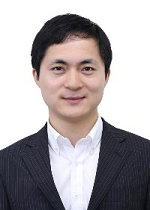
Dong Wu is a professor of Engineering Science at the University of Science and Technology of China. He obtained Ph.D. degree from Jilin University in 2010 and then became a postdoc at RIKEN in Japan from 2011 to 2014. His thesis was awarded “100 Excellent Doctoral Theses” of China. His research interests are SLM-based high-efficiency femtosecond laser 3D micro-fabrication in various materials towards highly functional 2D-3D devices, which have found applications in nonlinear beam shaping, particles filtering, and cell manipulation. Prof. Wu has published 100 papers in the journals such as Nature Photonics, Nat. Comm., Light: Sci & Appl., PNAS, Laser Photon. Rev., Adv. Mater., ACS Nano and so on.
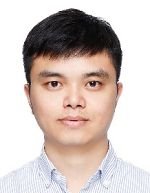
Liang Yang is a research professor at Suzhou institute for advanced research, University of Science and Technology of China (USTC). After completing his PhD in mechanical engineering (USTC) and Laser Zentrum Hannover in 2015, he spent two years as a postdoc at Micro/Nano Engineering Lab in USTC. From 2018-2022, he was a research scientist at Institute of Nanotechnology/Institute of Applied Physics at Karlsruhe Institute of Technology. His research interests comprise ultrafast optics, laser-matter interaction, laser micro/nano printing as well as 3D micro/nano devices for bio-medical engineering. This research has led to over 40 publications including Nat. Commun., Adv. Mater., Laser Photon. Rev., Light Adv. Manuf. etc.. He was selected into the 100-talent project of the Chinese Academy of Science.
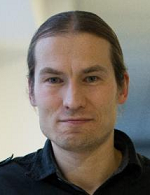
Mangirdas Malinauskas defended Ph.D. in 2010 at Vilnius University, Laser Research Center - "Laser Fabrication of Functional 3D Polymeric Micro/Nanostructures", supervisor Prof. R. Gadonas. During career he has done traineeships at LZH (Prof. B.N. Chichkov) and IESL-FORTH (Dr. M. Farsari). In 2019-2022 a specially appointed Professor at Tokyo Institute of Technology (Japan), group of Prof. J. Morikawa. Currently he investigates fundamentals of laser 3D micro-/nano-structuring of cross-linkable materials for applications in micro-optics, nano-optics (photonics), and biomedicine at VU LRC. Laboratory funding is acquired via National, European, and worldwide (NATO, US Army) schemes. Optica Fellow in 2022.
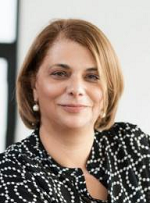
Maria Farsari is a Research Director at FORTH/IESL (joined in 2003). She is one of the first to develop laser-based 3D micro/nano printing, a field she first got involved in as a postdoctoral researcher at Sussex University in 1997. She has pioneered the use of laser-made 3D scaffolds for cell growth and tissue engineering. Her research interests are light-enabled additive manufacturing, multiphoton lithography, with current focus on architected materials for biomedical applications.
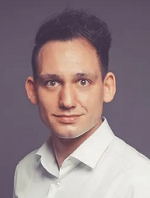
Gordon Zyla has been working as a postdoctoral fellow in the Nonlinear Lithography group at IESL-FORTH, Crete, Greece, since 2021. He completed his mechanical engineering studies at Ruhr University Bochum (RUB), Germany. In 2020, he received his PhD in mechanical engineering from RUB. In 2021, he was awarded the Gateway Fellowship by the RUB Research School. Additionally, in 2022, he was named a Feodor Lynen Fellow by the Alexander von Humboldt Foundation. More recently, he was awarded a postdoctoral fellowship by the EU programme Marie Sklodowska-Curie Actions under Horizon Europe, and he served as a co-chair at the Photonics West conference in 2023.Dr. Zyla's research has primarily been focused on fabricating various micro- and nanoscale applications using 3D printing by two-photon polymerization. These applications include biomimetics, metamaterials, and micro-optics, among others. In his current Marie Sklodowska-Curie project, EagleEye, he aims to develop a novel printing approach enabling high-speed 3D printing with ultra-high resolution.
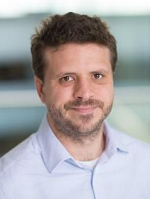
Patrick Salter is a Departmental Lecturer in Photonics at the Department of Engineering Science in the University of Oxford. Previously he held an Early Career EPSRC Fellowship and the Spooner Junior Research Fellowship at New College. His work centres on the application of adaptive optics to laser micro-fabrication, particularly the use of femtosecond pulse lasers to manufacture three dimensional devices inside transparent materials, applying adaptive optical techniques to enhance precision and/or speed. Areas of interest are devices inside diamond; liquid crystal photonics; and microscope calibration.







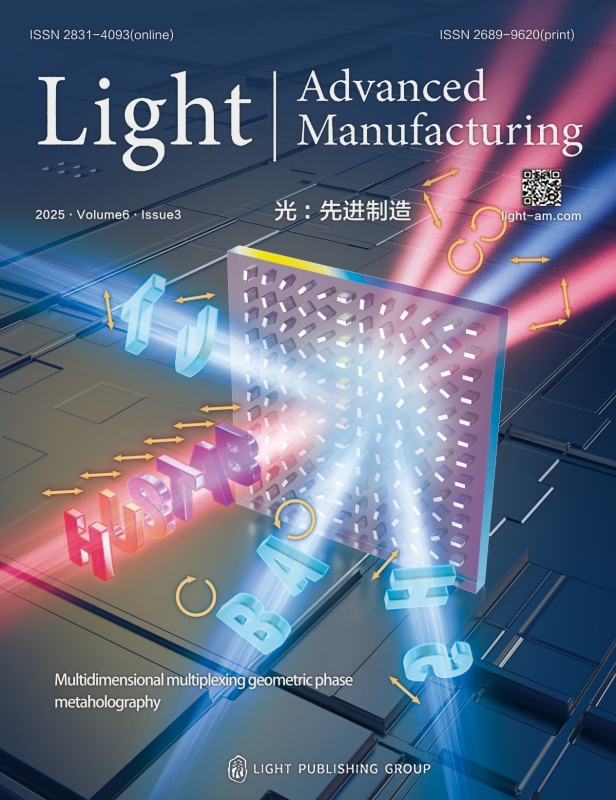

 Email
Email RSS
RSS